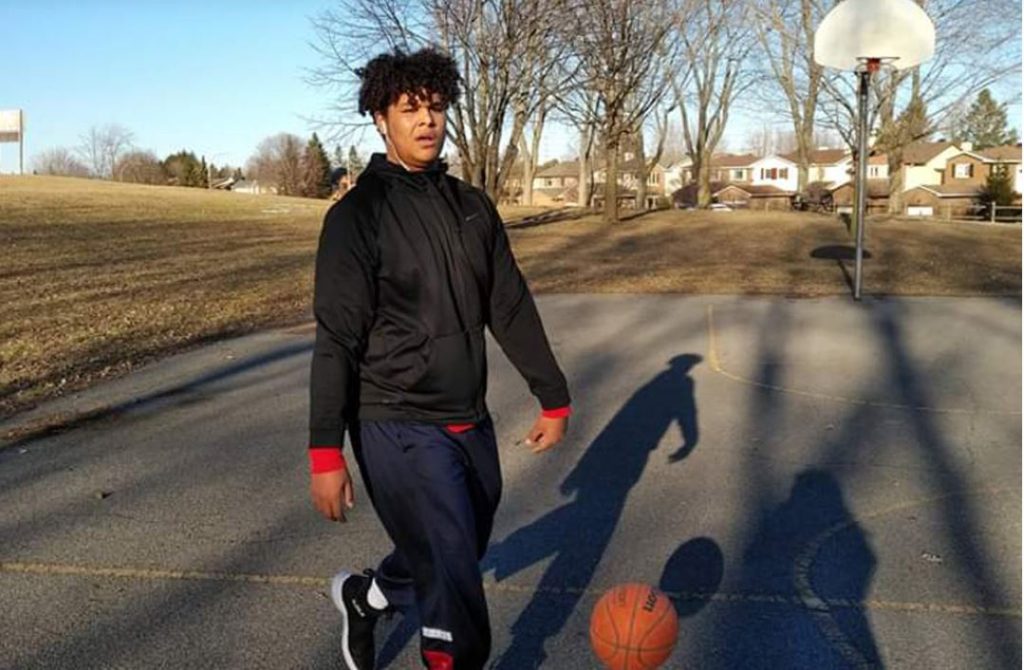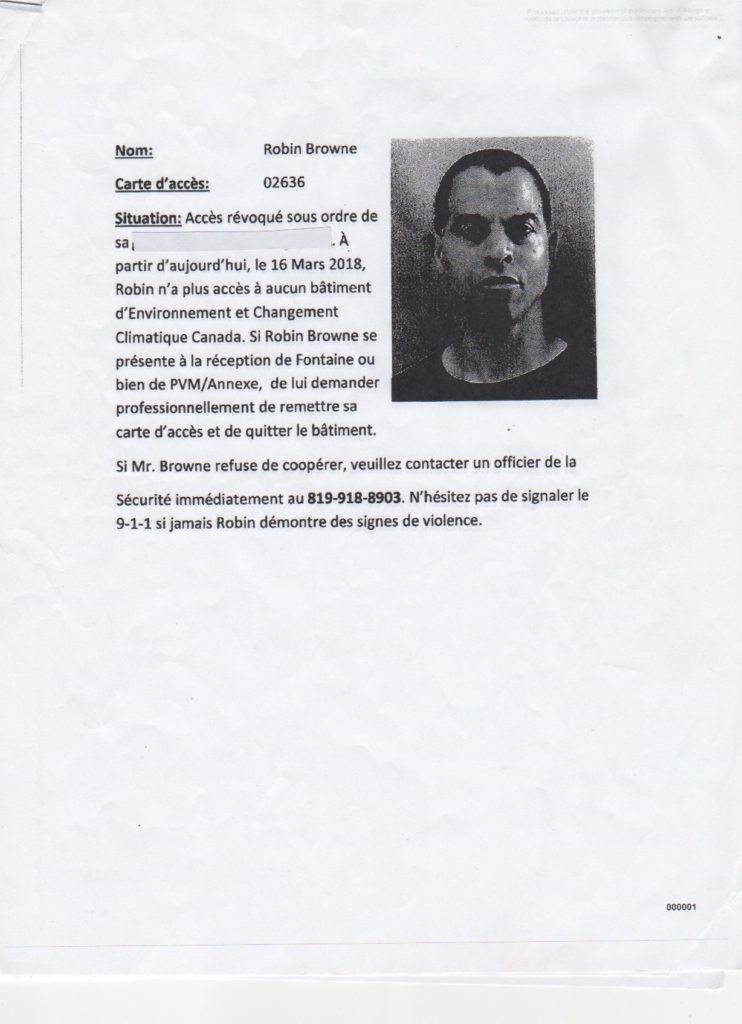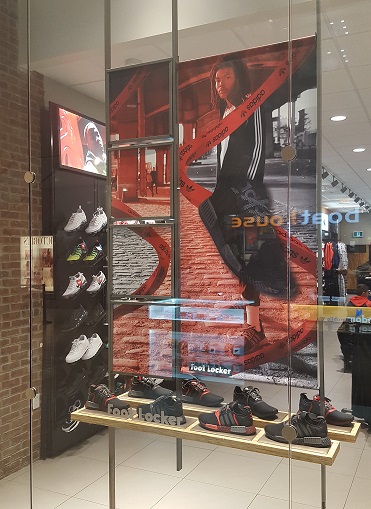In my post, COVID-19 could mean we lose and surveillance capitalists win — again, I discussed some of the challenges of surveillance capitalism (surcap). This post starts the discussion of what we can collectively do about those challenges.
One of the first issues is who is “we”? Only those who think there’s a problem will see the need for a solution. However, unlike the rise of the resistance to industrial capitalism that was partly fuelled by people slaving under horrible working conditions, surveillance capitalism’s most negative effects are mostly cloaked. Most people see only the benefits like free search, email and YouTube.
For those that do see a problem, there are, thus, two challenges:
- How to fight back.
- How to get more people to join the fight.
As knowing how to fight back is key to getting more people to join the fight, let’s focus on that for now.
The success of surveillance capitalism is due to a lot more than lots of folks feeling hooked on great, free tools like Facebook and Gmail. In her book, The Age of Surveillance Capitalism, released in February 2019, Shoshana Zuboff identifies 16 reasons for surcap’s success. Here are 7 of them, including the most personal ones:
- Unprecedented – Surcap is a completely new phenomenon so we have a hard time fully understanding it as we tend to compare it to things we know.
- Velocity – “Surcap rose from invention to domination in record time”, says Zuboff. She says this is by design to freeze resistance while distracting us with immediate gratification.
- Inevitability – Surcap rhetoric makes us believe that it’s all inevitable and we should simply accept it, enjoy its benefits – and don’t think too much about any possible down side.
- Inclusion – Paraphrasing Zuboff, “Many people feel that if you’re not on Facebook, you don’t exist. People all over the world raced to participate in Pokemon Go. With so much energy, success and money flowing into surcap, standing outside of it, let alone against it, can feel like a lonely and risky prospect.”
- Ignorance – Surcap’s inner workings are secretive by design. Their systems are intended to ensnare us, preying on our vulnerabilities bred by an unequal balance of knowledge, and amplified by our scarcity of time, resources and support.
- Dependency – Most people find it difficult to withdraw from using surcap’s free tools and many wonder if it is even possible.
- No alternatives – There just aren’t great alternatives to Google Search, in terms of quality, and Facebook in terms of ubiquity. There are better alternatives to things like Gmail and Google Docs but, with so many people using them, it’s very hard to switch.
However we decide to combat surcap, one thing is clear: we can’t do it on our own. Stopping surcap’s march will require many of us constantly pushing our governments to bring in effective regulation – and working to get more folks to join the fight.
In terms of government regulations, Zuboff says many hopes today are pinned on the EU’s new General Data Protection Regulation (GDPR), which became enforceable in May 2018. The EU approach fundamentally differs from that of the US in that companies must justify their data activities within the GDPR’s regulatory framework. The regulations introduce several key new substantive and procedural features, including:
- a requirement to notify people when personal data is breached;
- a high threshold for the definition of “consent” that puts limits on a company’s reliance on this tactic to approve personal data use;
- a prohibition on making personal information public by default;
- a requirement to use privacy by design when building systems;
- a right to erasure of data; and
- expanded protections against decision making authored by automated systems that imposes “consequential” effects on a person’s life.
The new regulatory framework also imposes substantial fines for violations, which will rise to a possible 4% of a company’s global revenue, and it allows for class-action lawsuits in which users can combine to assert their rights to privacy and data protection.
In May, 2019, Jim Balsillie, co-founder of Research in Motion that created the Blackberry, made other suggestions for what governments can do. Balsillie appeared as a witness, alongside Zuboff and Zucked author Roger McNamee, at a hearing of the International Grand Committee on Big Data, Privacy and Democracy, in Ottawa and suggested:
- Eliminating tax deductions of specific categories of online ads.
- Banning personalized online advertising during elections.
- Implementing strict data governance regulations for political parties.
- Providing effective whistle-blower protections.
- Adding explicit personal liability alongside corporate responsibility to affect CEO and board of director decision-making.
- Creating a new institution for like-minded nations to address digital co-operation and stability.
The Grand Committee is a first step towards achieving #6 as it has members from around the globe, some of whom come from countries like the Philippines which are already experiencing life and death consequences of uncontrolled surcap. However, it is #5 that may have the most impact given one of the most dangerous impacts of surcap: an increase in online hate fuelled by real “fake news”.
One of the points that came through clearly at the Committee hearing is the most disturbing: surcap companies resist removing hateful content and fake news because it generates by far the most engagement and the most money. Balsillie’s point was that making CEOs and board members personally liable for such content would make them think twice about letting it proliferate on their platforms.
So now it’s up to us to demand that our political leaders start implementing ideas like Balsilli’s.
Our very freedom is at stake just like it was during the Second World War. Only this time, instead of being controlled through blatant terror by a power that knows very little about us, we’re being controlled through hidden systems by powers that know almost everything about us.


